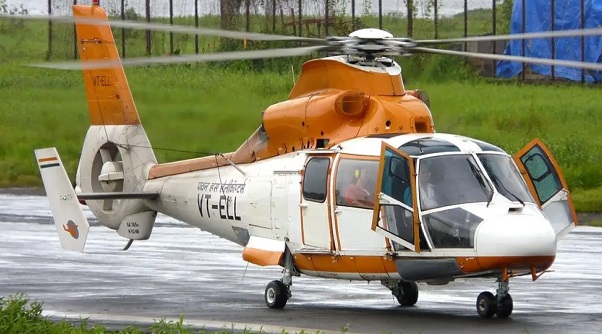
Bumble Bee Flights raises ₹300 crore for air taxi assembly plant in Odisha

Bengaluru-based Bumble Bee Flights announced on Tuesday (December 13) that it has raised ₹300 crore ($37 million) in funding from the UK-based technology conglomerate, SRAM & MRAM Technologies and Resources. The funds will be used to set up a self-driven air taxi assembly plant in Odisha.
The start-up was founded early this year by Arjun Das, an air mobility solutions expert. It plans to launch the first human-carrying prototype by April next year, and will manufacture certified air taxis under the Bee Flights brand and be available for production by 2024, the company said in a statement.
Single-person helicopters
The solar-charged swappable battery-operated air taxis would be able to carry one person along with a suitcase and can land even on the rooftop of apartments, unlike helicopters that need specific helipads, as per the company.
The air taxis would weigh about 300 kgs compared to helicopters which weigh about 1,000 kgs and more. They can fly for 20 minutes for a distance of 20 km, it added.
The ₹300 crore funding to Bee Flights is to build the future of transportation in the country, Das said and added that it is also a step towards putting Odisha and India on the global air mobility solution map.
In a statement, the vice chairman of SRAM & MRAM Technologies and Resources Limited, Gurujee Kumaran Swami, said, “We are announcing our investment of ₹300 crore to Bee Flights to build the future. We share a common vision of the importance of a sustainable future using electric air mobility systems.”
Also read: Air India in talks with Boeing, Airbus for ‘historic order’: CEO Wilson
eVTOL – future of urban mobility
He added that eVTOL (electric vertical take-off and landing) aircraft are the future of urban mobility and transport.
Bumble Bee Flights said that air taxis would become a regular feature in the world by the year 2035 when about 10% of the transportation is expected to be managed and controlled by these flying vehicles, streamlining daily commuting, saving millions of driving hours, and reducing pollution drastically.
“These autonomous air taxis will ease the burdened urban road infrastructure and also reduce carbon footprints. We aim to work towards making mobility cheaper, faster, and more sustainable for the human race in the future,” Das said.
Multiple uses
Air taxis can be used as ambulance, taxis, for logistics, recreation, and in defence applications.
Das added that his company would partner with operators across the globe to service, support, and run the operations. It would obtain certification from multiple countries — the US, UK, UAE, India, and Singapore.
A Morgan Stanley report projected the global urban air mobility market to grow 30% annually between 2021 and 2040, reaching $1.5 trillion by 2040.


